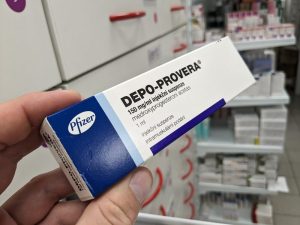Daycares have an obligation to provide reasonable care and supervision of children. If a child is seriously injured because a daycare facility’s negligence, parents can bring a personal injury case against the daycare. On this page, our lawyers will explain the basics of Georgia daycare injury lawsuits. We will discuss when parents can sue a daycare for injuries in Georgia and what the potential settlement value of these cases could be. We will also summarize settlements and verdicts in recent Georgia daycare injury cases.
RELATED CONTENT:










